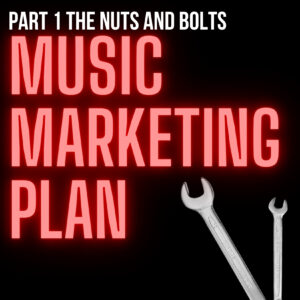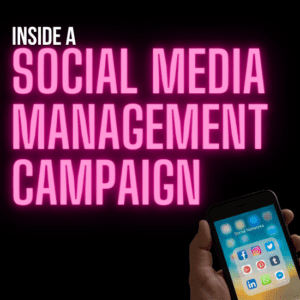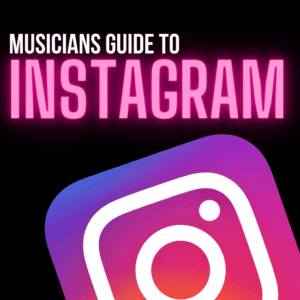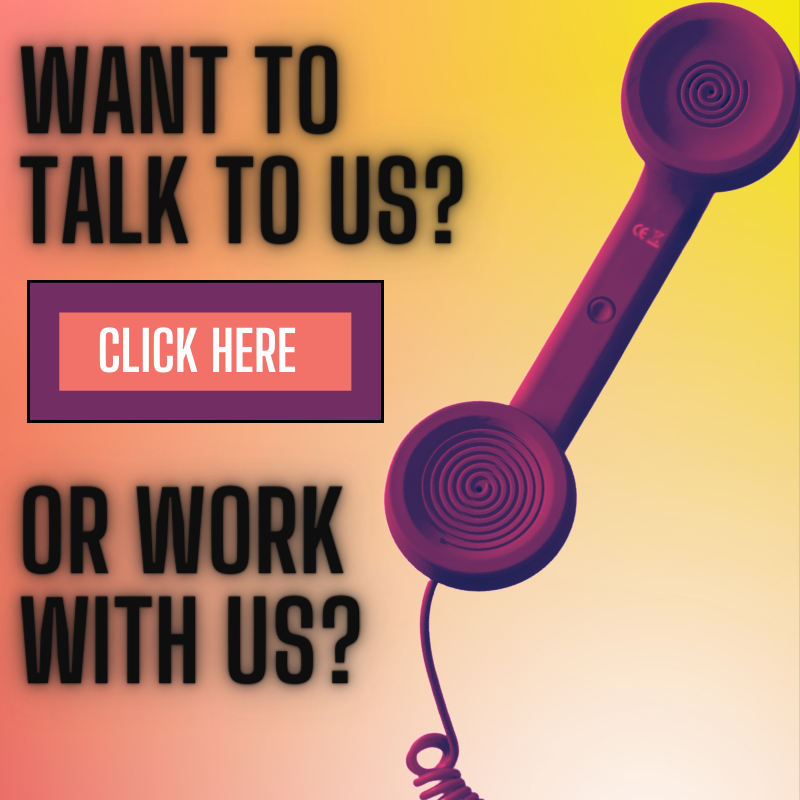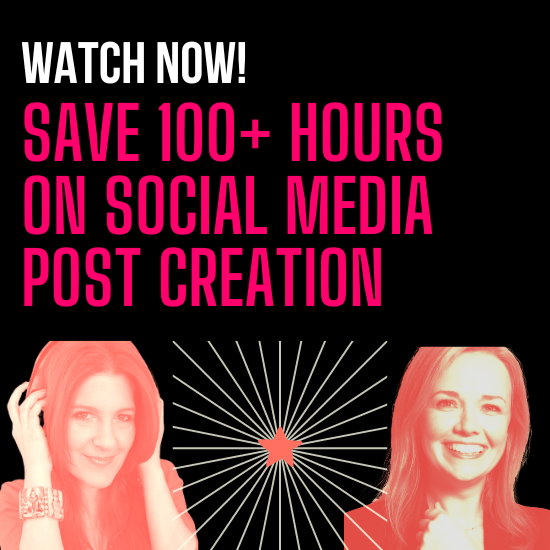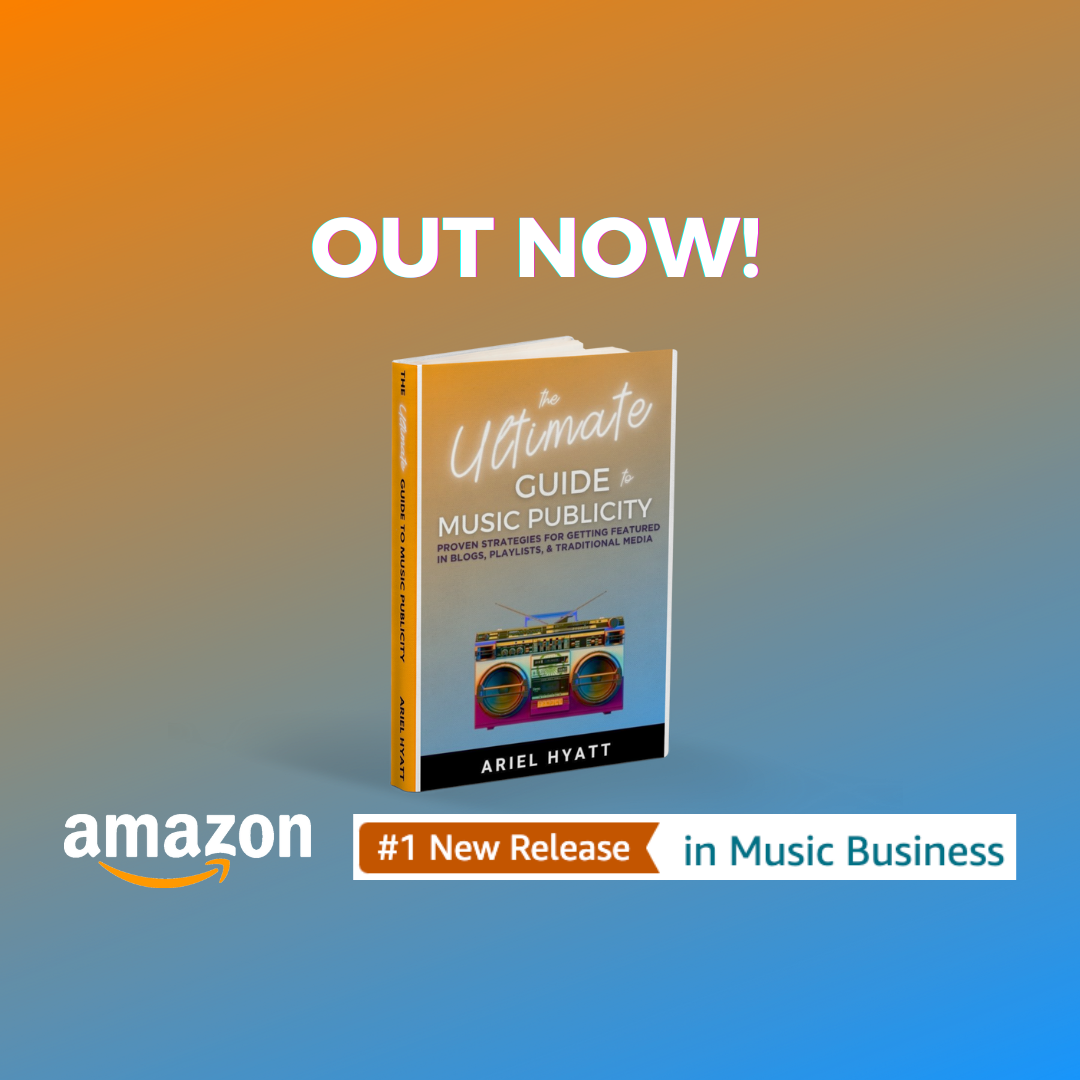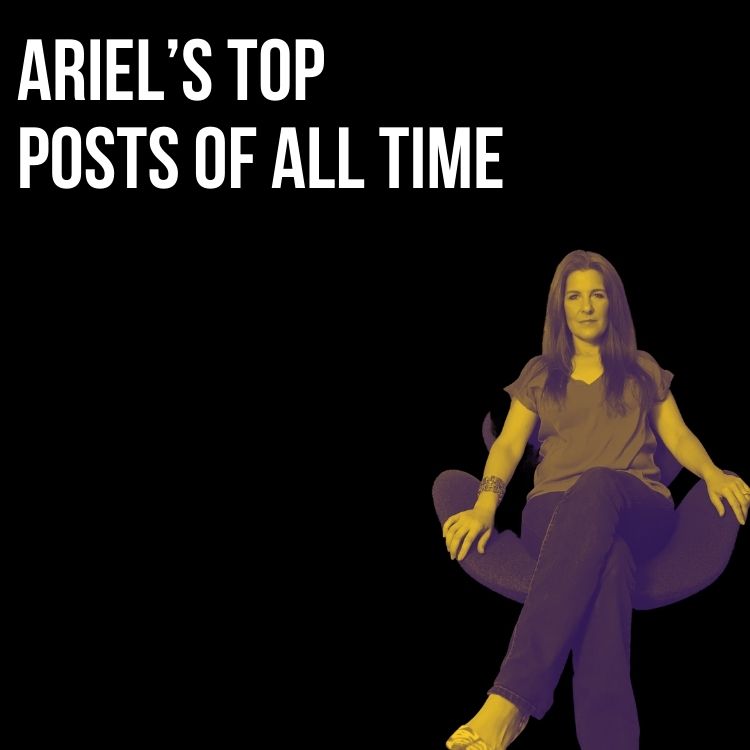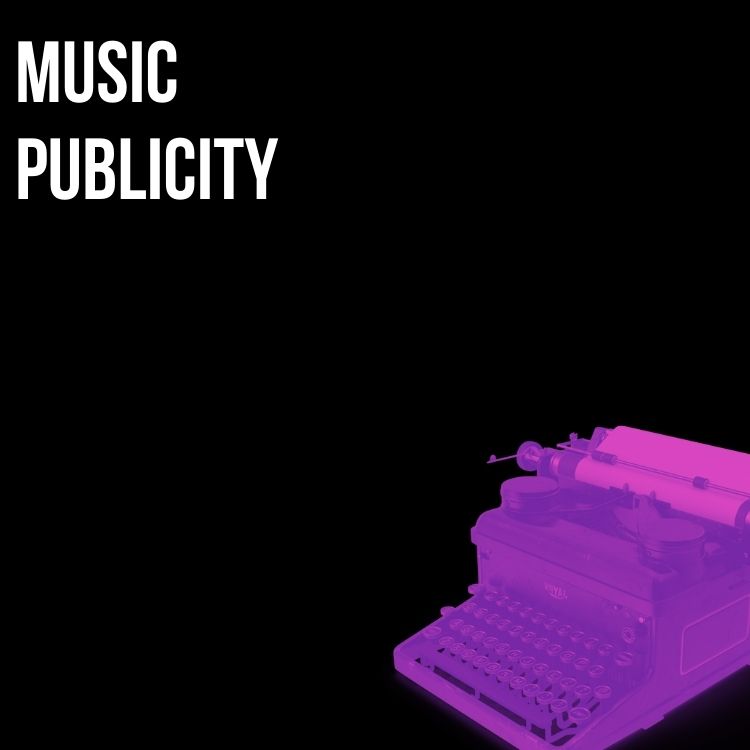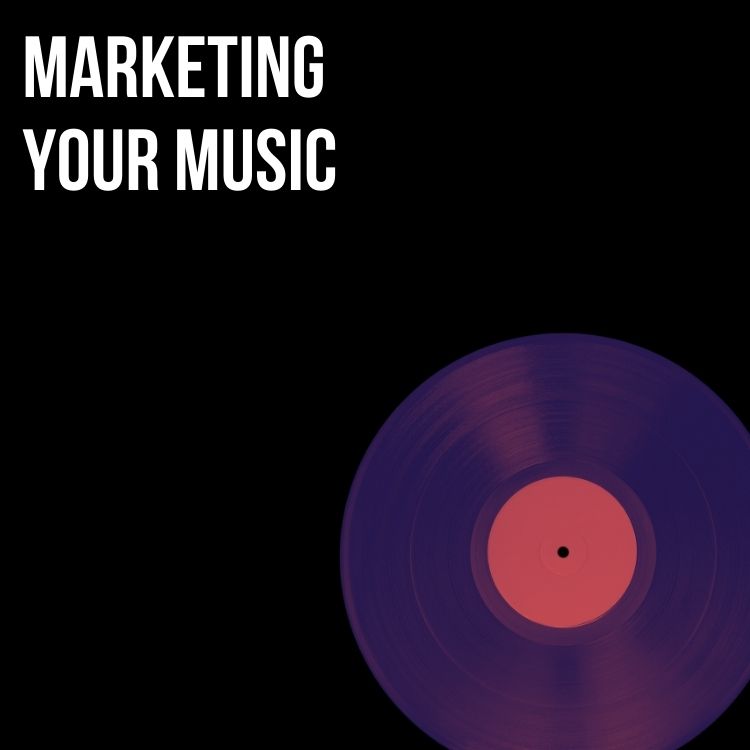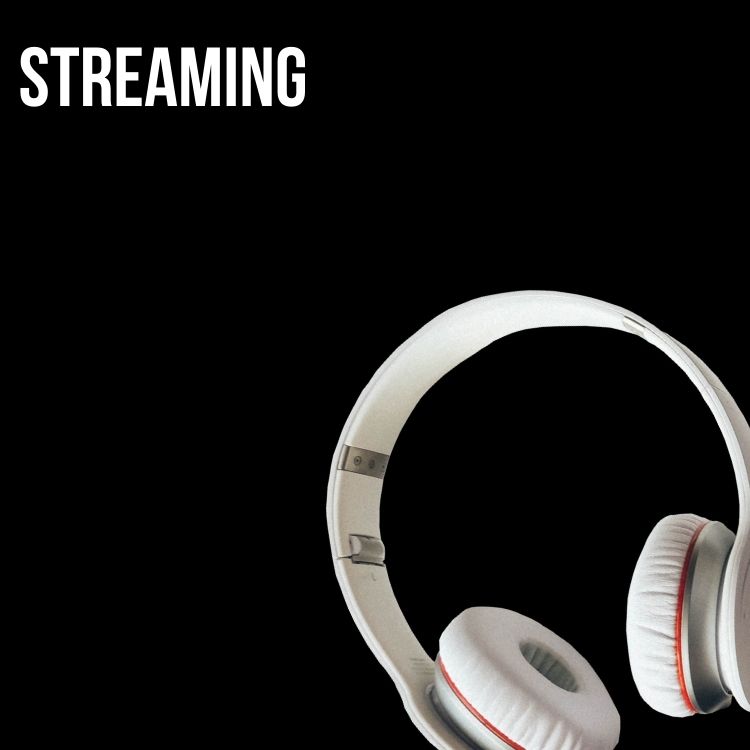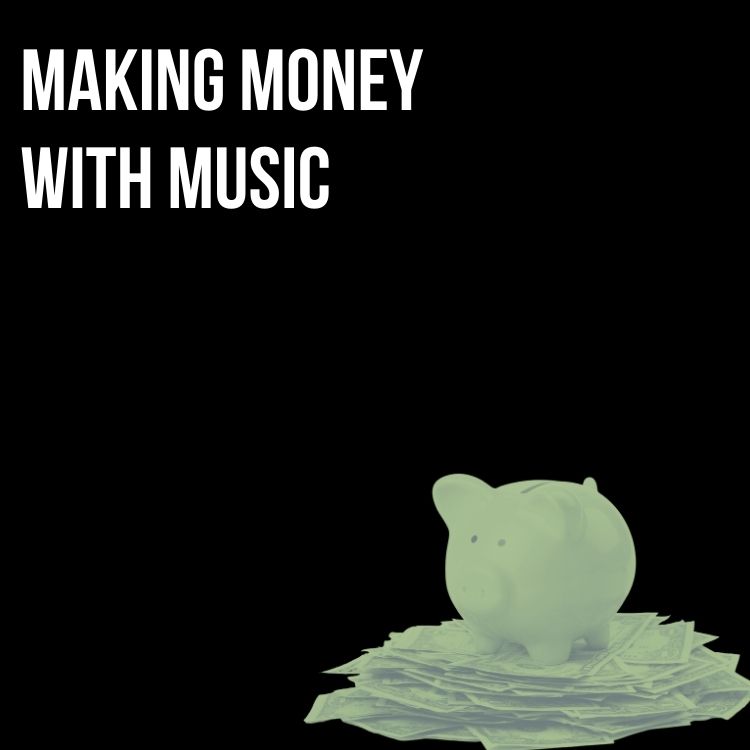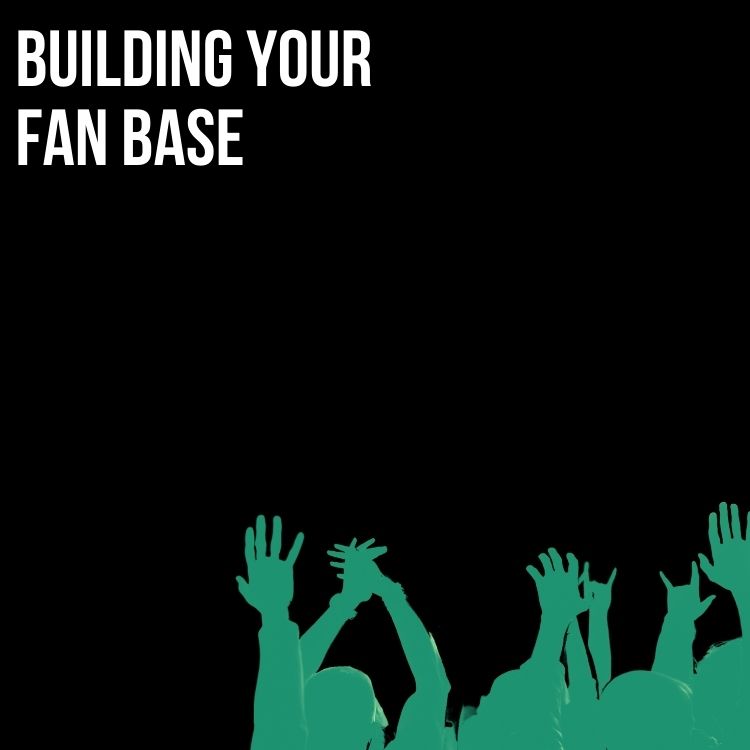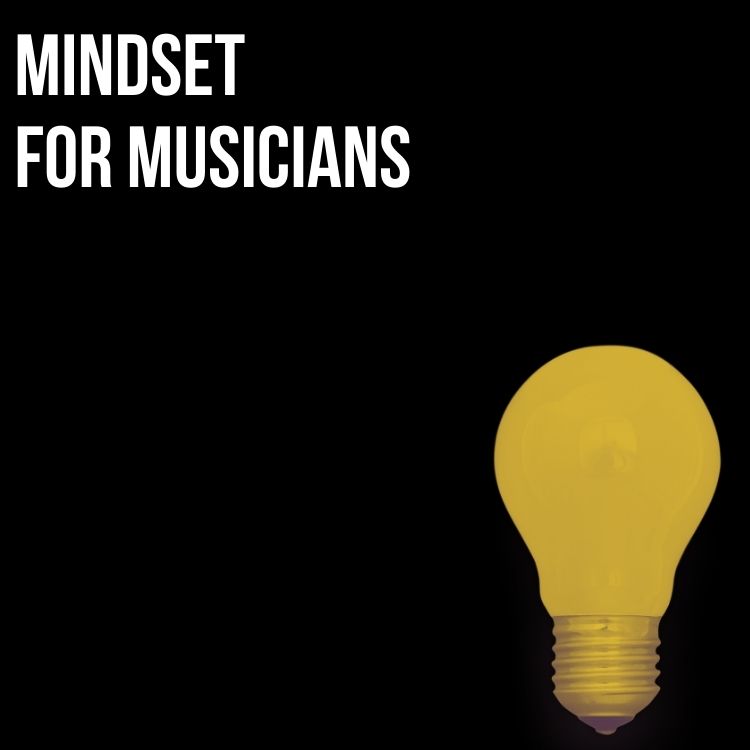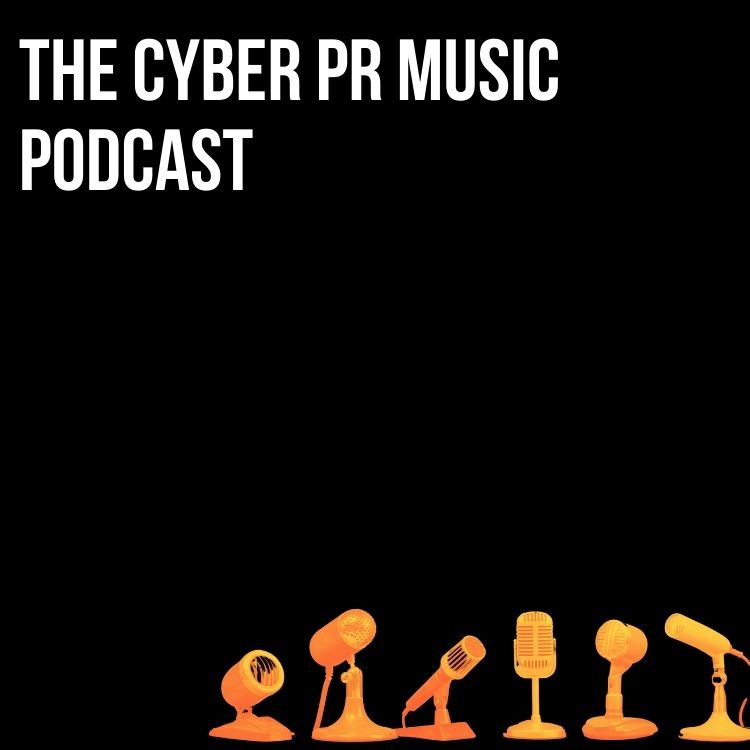
In the age of social media, we are all so focused on Instagram and Tiktok that we’ve forgotten an important basic: your press kit – the asset that makes it easy for others to learn about you and help you publicize your brand.
In many ways, your online presence is equivalent to creating your own online billboard. If you are in control of your website and your social channels, and you have a good grasp of 2-way conversation mastery, your billboard has the exact messaging for your tribe (potential customers and fans).
However, if this is not the case, here are some predictable scenarios:
- You are featured on a blog or at a show with an outdated photo of you that someone randomly Googled
- You are introduced by someone summarizing old info or a badly edited Wikipedia page that focuses on all of the wrong things. (I’ve seen this happen multiple times; it’s not a good look!)
- Your photo is so tiny it comes out looking fuzzy on posters and online
You want all assets to be as in your control as possible so that you always have your best foot forward and share the latest news, releases, and images.
Follow this guide to ensure that you are in control of your brand and your image.
5 Elements to Include For A Perfect Electronic Press Kit
Editors, bloggers, bookers, and industry folks seeking information will deeply appreciate having seamless access to your information because they are constantly under deadline.
Here are the four assets to include:
1. Your Bio (Signature Story)
This is the cornerstone of your brand and the most important part of your image aside from your music. Make sure your bio is easily locatable on your site, and it can be easily cut and pasted (not in a PDF format that can’t be easily cut and pasted).
Your bio should NOT just be a “who, what, when, where, why” or a list of accolades. Read our handy guide Five Steps To A Kick-Ass Artist Bio or invest in having a bio written that brings out your signature story.
This should be a compelling and relatable story that evokes an emotional response from the reader. A memorable signature story contains a memorable narrative “nugget” in a longer form than a pitch is also key when creating a foundation for your brand.
Post a long-form, 250-word, 100-word, and bite-sized bio, and you have pre-delivered every possible type of bio request that may come your way (no one will ever ask you to edit your bio down again, or worse, edit it for you and forget the most essential parts.
If you want to dive deep into how to craft the perfect Artist Bio, click here to watch our Webinar
Next, Create 6 Versions of Your Artist’s Bio (ChatGPT can help!)
-
Long Form
-
250 – 200 words
-
100 words
-
1 Tweet/ Thread
-
A few words (and maybe even an emoji) for socials
-
A graphic representation for Instagram posts and Stories
2. Your Photos, Album Art & Logos – Make Them Easy to Find and Download
All of your artwork should be up to date and available for easy download. Include album art, single art, and several sizes of images.
Studies have shown that photos of people looking at the camera test well with audiences. I recommend investing in a professional photo shoot with some of your favorite outfits you like to wear on stage or that perfectly match your brand so that when visitors come to your site and socials, they will have a good idea of what you look like IRL.
Thumbnails are great for quick and easy loading but are detrimental for use in print (your photo may appear on posters, flyers, conference guides, etc.).
You should always have a few downloadable photo options on your site in at least 300 dpi/jpg format. Also, post vertical and horizontal photos, and remember SQUARE is the norm now (think like Instagram) so have images that are different ratios including square and Instagram Story size so editors working on tight deadlines won’t have to resize anything.
TIP: Create an easy-to-see link that says, “Click here for a hi-res/low-res jpg.” That way, busy editors can easily get what they need. When the photos are downloaded, make sure they are properly named with YOUR NAME (not 3456790298376542.jpg) so that editors can find them in folders and on messy desktops. This will help with your SEO as well!
TIP: Include Your Album / EP / Single Covers and Logo (if you have one).
3. Your Press Clips & Reviews
What you say about yourself is one thing… However, what others say about you is trusted differently. So, if you have press or blog posts, pieces you were quoted in or raving testimonials from fans, include them.
TIP: Don’t link out to other blogs and sites (the sites you are linking to may take them down or go dead, so make sure you include the articles archived on your own site).
No PR? That’s OK! Use reviews from fans. If you don’t have any, email or slide into the DMs of a few superfans and ask them to post a single review or comment on SoundCloud or Amazon, or send you an accolade and use those.
4. Your Upcoming Shows
If you are playing shows, you need a clearly marked section on your site and these two vital live show tools.
Bandsintown: Integrates with Facebook and alerts your fans when you are playing.
Songkick: You should update your Songkick account regularly to ensure that all of your shows are added as soon as they are released. Songkick feeds tour dates to Spotify and other services, so it is very important to keep it updated.
5. You Don’t Need to Hire Someone to Update Your Site or Press Kit
If you can’t modify your website to include all of this information, you can easily set one up using Bandzoogle’s Electronic Press Kit tool (PS – we have a code, cyberpr– use it for a discount!). For a refresher on what to add to your website, read our Musician’s Guide.
Here’s to protecting what you want to say and show about your brand online.
Would You Like Us To Build A Press Kit for You? It’s part of our website building! Click here to check it out.

Subscribe for more!
Back to The Blog


